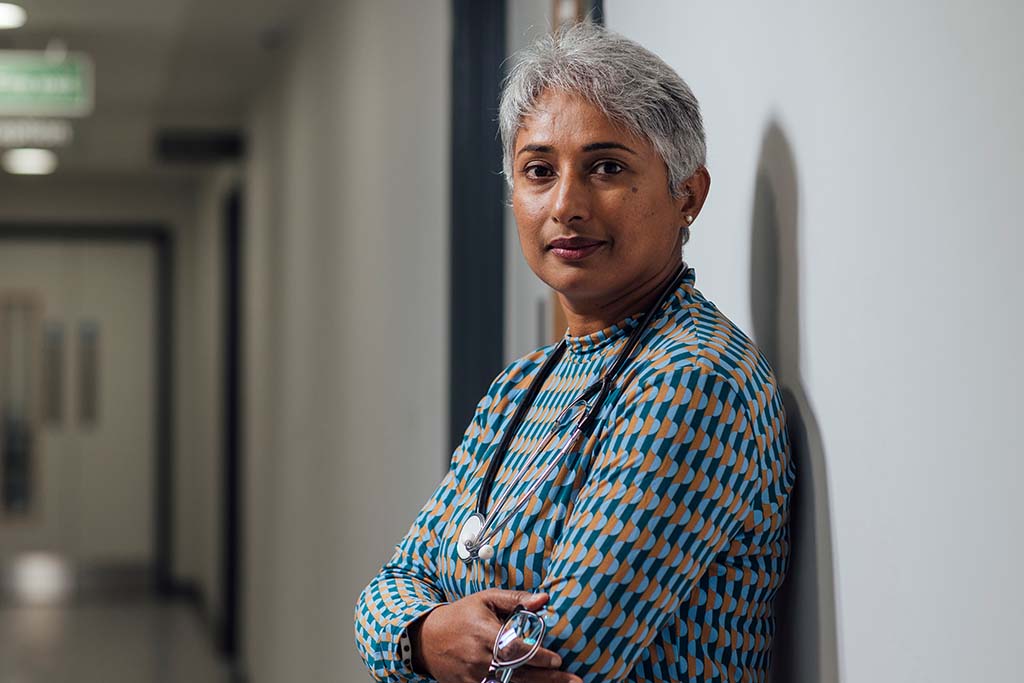Insights
How can improving accessibility help close the digital divide for patients?
4 minutes
21st May 2024
Share this article:
34% of NHS decision makers say it will take up to 10 years to close the digital divide in healthcare, according to our new report ‘Bridging the digital gap in UK healthcare.’*
Accessing the NHS app to order your repeat prescription. Setting up a webcam for a video consultation. Logging your symptoms through an online portal.
All these things require access to digital tools and a certain degree of digital expertise. Yet 21% of the population lack the basic skills required to use the internet.
The impact of this digital divide is being felt across the NHS, making it harder to get the most out of crucial investments in technology.
How can you ensure your health services reach all your patients?
How technology is impacting patient experiences
Although our increasing use of technology is one factor influencing the digital divide, technology is also at the root of making healthcare more accessible.
The NHS App is a key example of this. By putting the services of a GP practice into the palm of people’s hands, it reduces the pressure on secondary healthcare (such as A&E departments) and makes accessing healthcare quicker and easier for patients – as long as they can download and use the app.
Uptake of the app has significantly increased from 2020 but there are still inequalities. In the most economically deprived practices registration is 25% less than the mean, according to the British Journal of General Practice.
Other solutions such as virtual consultations also help patients get closer to the care they need by providing a less stressful experience for people with learning difficulties or mental health problems, according to the National Institute for Health and Care Research.
But for innovations like these to reach the patients that need them, you’ll need to make sure your infrastructure is sufficiently set up to support them.
Designing solutions with patients in mind
This could involve making simple changes such as ensuring your online services use scalable font and high-contrast colour modes, or more substantial investment in smart devices and connected equipment that can automate data collection and input for at-home patients.
Your tech and connectivity provider can help map out a framework to build your organisation towards success and should be able to suggest the level of managed service that is right for you.
This ensures your investment can be sustainable, whilst also providing your staff and patients with the resources they need.
However digitally mature your organisation is, building tech solutions with accessibility in mind will help make healthcare more efficient and effective for staff and patients alike.
Building initiatives to close the divide together
Overcoming the challenges of providing integrated patient care requires working together both within the wider healthcare system and beyond.
85% of NHS decision makers say there is a role for technology providers to play in addressing digital exclusion, according to our new report.
Our Connect More programme, for example, connects our employee volunteers with communities that need support. Our people share their time to help with digital skills training at hospitals and local surgery drop-in sessions.
These digital hubs provide a source of skills and confidence for patients to get to grips with everyday technology. This helps more people to effectively use digital access points to healthcare.
Thanks to this programme, the Park Medical practice in Derby has seen an increase of 352 repeat prescriptions ordered via the NHS App per month. And the benefits extend to the practice too, with the online system estimated to have saved them around 17 hours a month.
Understanding what the future of digital healthcare holds
34% of NHS leaders we surveyed say it will take up to 10 years to close the digital divide. It may sound surprising given the pace of transformation across the NHS.
32% of NHS decision makers believe the cost-of-living has significantly impacted the accessibility of digital healthcare services.
Despite the initiative shown by healthcare leaders, rising bills exacerbate every aspect of our lives, including our ability to reach the internet. Ofcom found that around two million households struggled to afford their internet bills last year, and that number looks only set to rise.
The NHS can’t solve access and connectivity issues alone. And neither can network providers.
Combined, their expertise will help optimise the flow of patient data and connect patients to care in new and powerful ways.
So start the conversation now to see what solutions can work for you.
Ready to see how technology can help you reach your patients?
Read our full report ‘Bridging the digital gap in UK healthcare’ now.
Or speak to one of our experts to learn more about our care-ready connectivity solutions.
*Stats taken from survey of 1,000 NHS decision makers undertaken with Censuswide, Jan 2024
Want to speak to one of the team?
call 0800 064 3790


